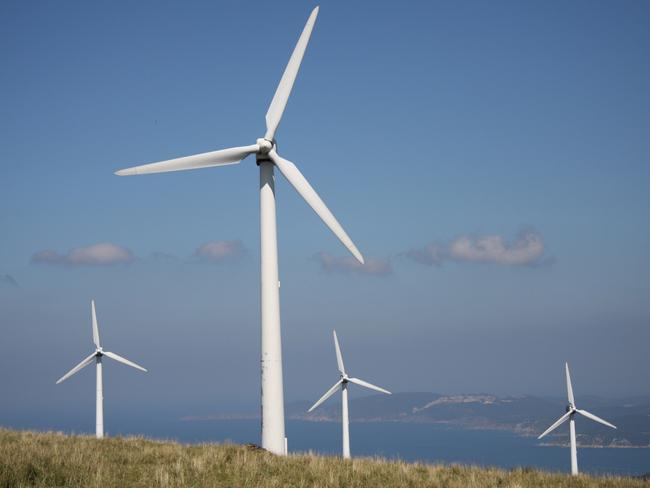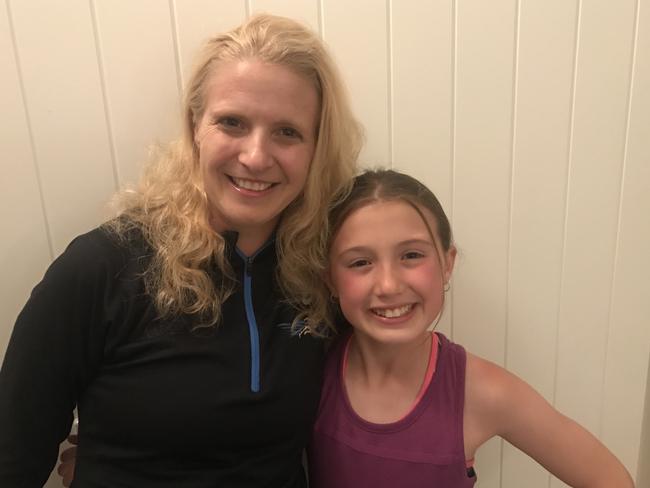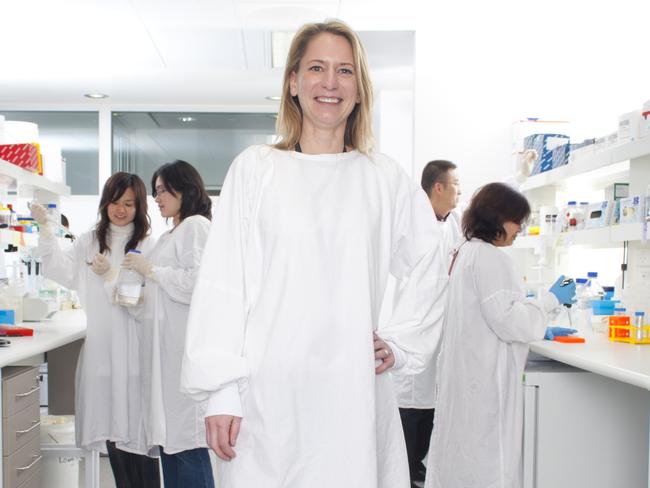Child brain cancer funds lose out to a raft of unusual projects such as wind farm research
RESEARCH into curing paediatric brain cancer, which kills at least 35 children a year, receives only a fraction of the funding handed out to investigate the effects of wind farms on nearby humans and other wacky projects.
NSW
Don't miss out on the headlines from NSW. Followed categories will be added to My News.
- Government funded needed to find child brain cancer cure
- Clinical trials start at Randwick to help kids with life-threatening cancers
RESEARCH into curing paediatric brain cancer, which kills at least 35 children a year, receives only a fraction of the funding handed out to investigate the effects of wind farms on nearby humans and other wacky projects.
The National Health and Medical Research Council, the peak research funding body, awarded just $534,102 to paediatric brain cancer in 2016, the lowest amount since 2006 and less than a third of what was granted in 2012 under the Labor government.
Yet, in 2015, a whopping $12.5 million was awarded to researching the effects of wind farms on humans, while a host of other obscure “health” projects scored big.

Other grants awarded by the NHMRC included $845,278 for research into the link between omega-three supplements and aggressive behaviour; $1.89 million into combating asthma in Vietnam and $2.4 million to reduce salt intake using food policy interventions.
Paediatric brain cancer is Australia’s deadliest disease for children. One child dies every nine days and outcomes have not changed in three decades. Four out of five children diagnosed will die.
Kylie Newton, whose 10-year-old daughter Sienna is a rare brain cancer survivor, said those who survive are often affected by the treatment. In Sienna’s case, 33 rounds of radiotherapy could affect her learning ability.
“Sienna is the one is five who survive. The lack of research funds is a poor effort, look at leukaemia where they did invest money and now nine out of 10 kids survive,” Mrs Newton said.
RELATED: SCIENTISTS FIND KEY TO STOPPING ‘INCURABLE’ BRAIN CANCER
RELATED: LAST CHANCE AT LIFE FOR DYING AUSSIE KIDS IN MEXICO

The investment into paediatric brain cancer research has dropped significantly each year since the Liberals came to power, halving between 2012 and 2013 and reducing to the current low rate.
Brain cancer researcher Associate Professor Kerrie McDonald said the amount granted in 2016 saw dozens of research projects knocked back.
“It amounts to just one grant, it’s pathetic and I know among my 20 colleagues that they at least put in two applications for grants each last year so we know that 40 to 60 applications got knocked back. The NHMRC tell us that the applications weren’t competitive enough on the basis of the science compared to more established cancers,” Prof McDonald said.
RELATED
In stark contrast, the $160 million breast screening program was expanded to include 70 to 74-year-olds thanks to an extra $64.3 million grant in the same year.
“This makes me want to cry because it is so disproportionate to the outcome for brain cancer. It’s just not fair on the younger population that get brain cancer. Not only is it the number one killer of young people, it’s also the most expensive cancer to have,” Prof McDonald said.

Professor David Walker, a Brisbane-based neurosurgeon, wrote to the current Senate Inquiry into Rare Cancers suggesting the government “quarantine” funds for brain cancer research.
His group Brizbrain, which has been working on immunotherapy trials, has been knocked back several times for grants from the NHMRC. Prof Walker works for free on their current immunotherapy research.
“There’s a limited amount of money and the high-profile illnesses get more but, if we want to change the outcome for brain cancer, we have to quarantine some money for research,” Prof Walker said.


